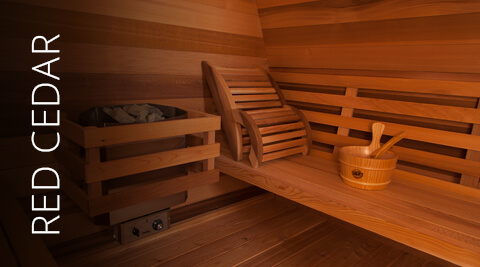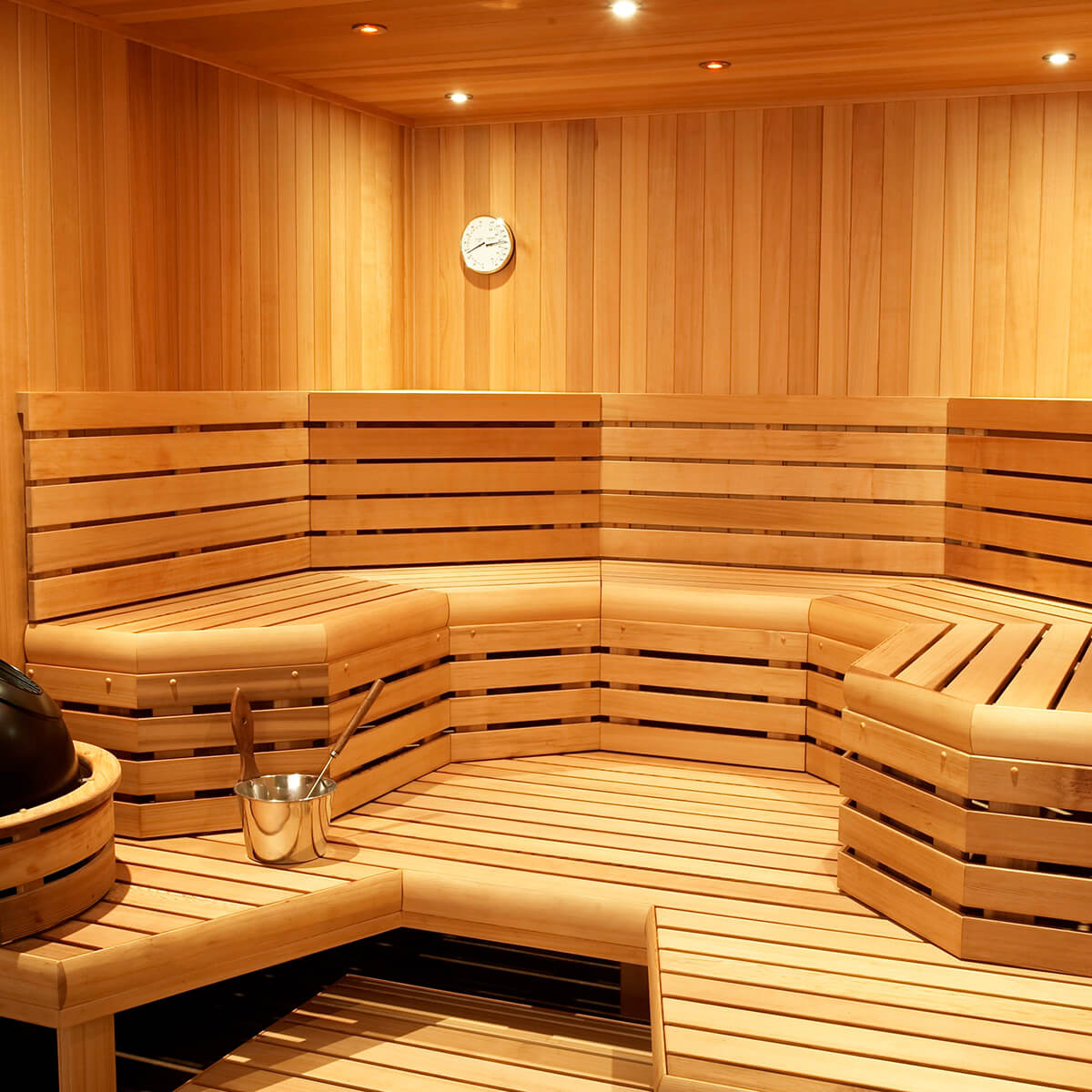The Basic Principles Of Traditional Sauna
The Basic Principles Of Traditional Sauna
Blog Article
How Traditional Sauna can Save You Time, Stress, and Money.
Table of ContentsWhat Does Traditional Sauna Mean?About Traditional SaunaThe Best Guide To Traditional SaunaWhat Does Traditional Sauna Mean?All about Traditional Sauna
The majority of the weight lost in a sauna is water loss and is re-gained upon rehydrating. However, undoubtedly sauna can be an integral part of a healthy weight reduction program. To look at the differences in between traditional and IR saunas, I will divide these right into proven, academic, and produced differences.Hence, the hottest factor in the saunawhich is at the ceiling straight over the sauna heateris commonly in between 185 and 190 F. Claims that a traditional sauna surpasses 200 F is merely not true and not relevant for electric saunas offered in the United States. The temperature for a far-infrared sauna is typically established between 120 and 140 F; nonetheless, unlike the traditional sauna, the goal in and IR space is not to accomplish a heat.

When a standard sauna has actually been properly heated up, the sauna walls are cozy, the air temperature level has actually achieved set temperature and the rocks are very heated. As an interesting side note, the heated walls and the rocks are releasing far-infrared warm, integrated with the heated air, to develop an "covering heat".
Fascination About Traditional Sauna
When the high temperature is achieved, the aspects cycle on and off to maintain the high temperature. A lot of typical sauna individuals delight in pouring water over the rocks to create steam to increase sauna moisture degrees. The benefits of putting water over the rocks consist of: making the area much more comfy, moistening the nasal passages, and permitting the use of aromatherapy by mixing vital oils with the water.

When the energy gets in the body, it causes the body temperature to raise and inevitably results in sweating. In an infrared sauna it's vital for the emitters/heaters to remain on nearly continuously. Given that there is no mass of rocks to retain warmth, the sauna will certainly cool down if the emitters turned off.
Get This Report on Traditional Sauna
As pointed out over, the sauna bather in an infrared room intends to place himself in front of operating emitters to get published here optimal gain from the heat. The home heating time for the 2 spaces can be very different, relying on how the rooms are made use of. For a typical sauna, a bather must enable 30-40 minutes for the space to accomplish a desired temperature and to appropriately pre-heat the rocks.

A well constructed sauna will generally accomplish a temperature level of 150-160 F in regarding 30-40 mins. For hotter temperature levels, the room may need to warmth for a longer duration.
To some, 15 minutes was "squandered" while the infrared power heated up the timber panels instead of heating up a body, while others locate a pre-heated space to be much more comfy and think an elevated starting temperature level is required to begin sweating. The size of suggested use for each and every room is approximately the same (10-15 mins per session); however, because of the reduced air temperature levels and the capacity to really feel the results of infrared heat quicker than a standard sauna, it is not uncommon for an individual to spend an overall of 20-30 minutes in an infrared sauna.
Traditional Sauna - The Facts

The ordinary price per kWH of electrical power in the U.S. is approximately $0.11, so a 4.5 kW heater will set you back roughly $.50 to compete one hour, if the heater runs constantly for one hour. Typically a sauna heater will compete 75% of the initial hour and 50% of subsequent hours on because the components cycle once the set temperature level is accomplished.
A 2 person far-infrared space is normally literally smaller sized than a traditional sauna, usually regarding 4' x 4' or smaller sized. The IR heating unit is normally 1.5-1.7 kW using a 120 volt 15 amp plug-in solution. Because the space can be utilized earlier than a sauna area, we will certainly presume the space is made use of for to of an hour including warm up time.
There is a seldom gone over difference in the social experience between the two areas. While our culture has actually lost several of the social advantage of the traditional sauna experience, it can be extremely socially fulfilling (Traditional Sauna). From household time in the sauna, to heart-felt discussions with better halves, to sauna partiesthe standard sauna experience can result in intimate mingling
Not known Facts About Traditional Sauna
The majority of greater end infrared areas include colored light treatment, audio systems and full-glass fronts.
Report this page